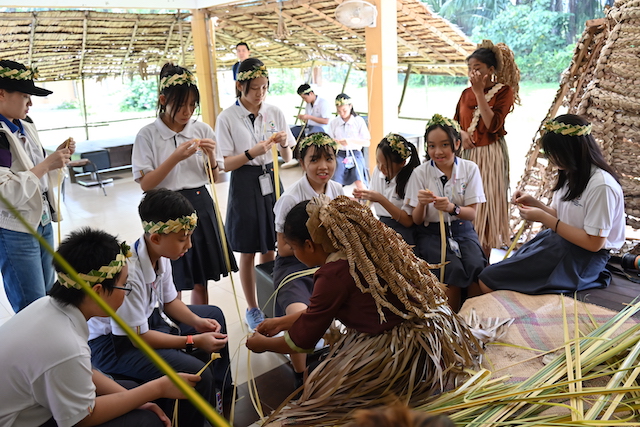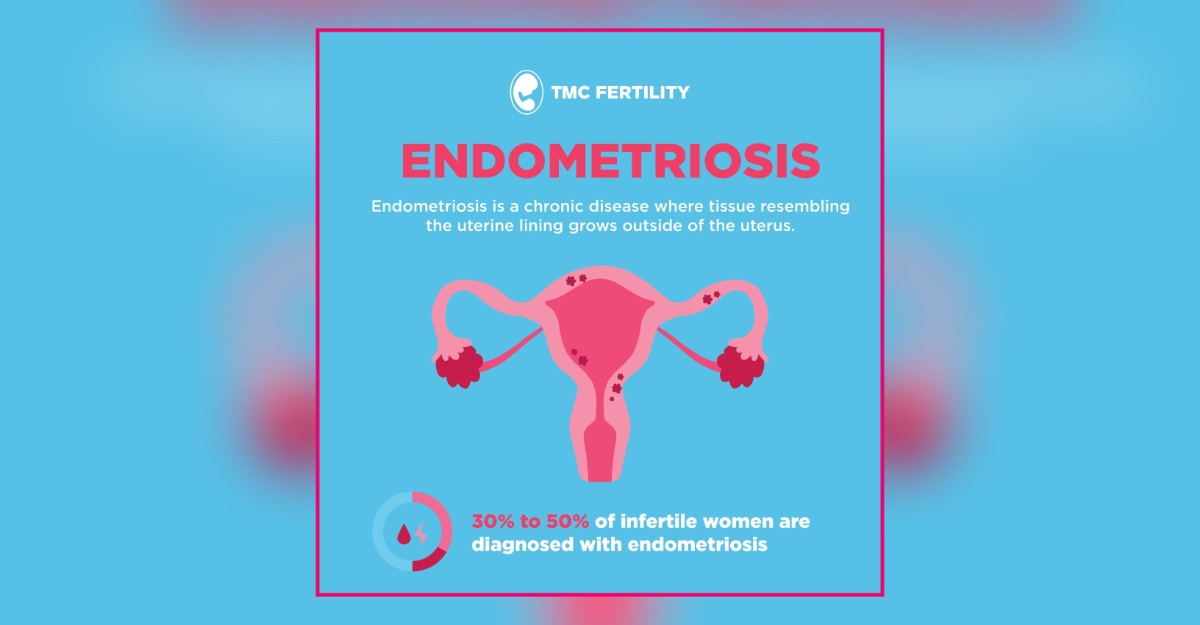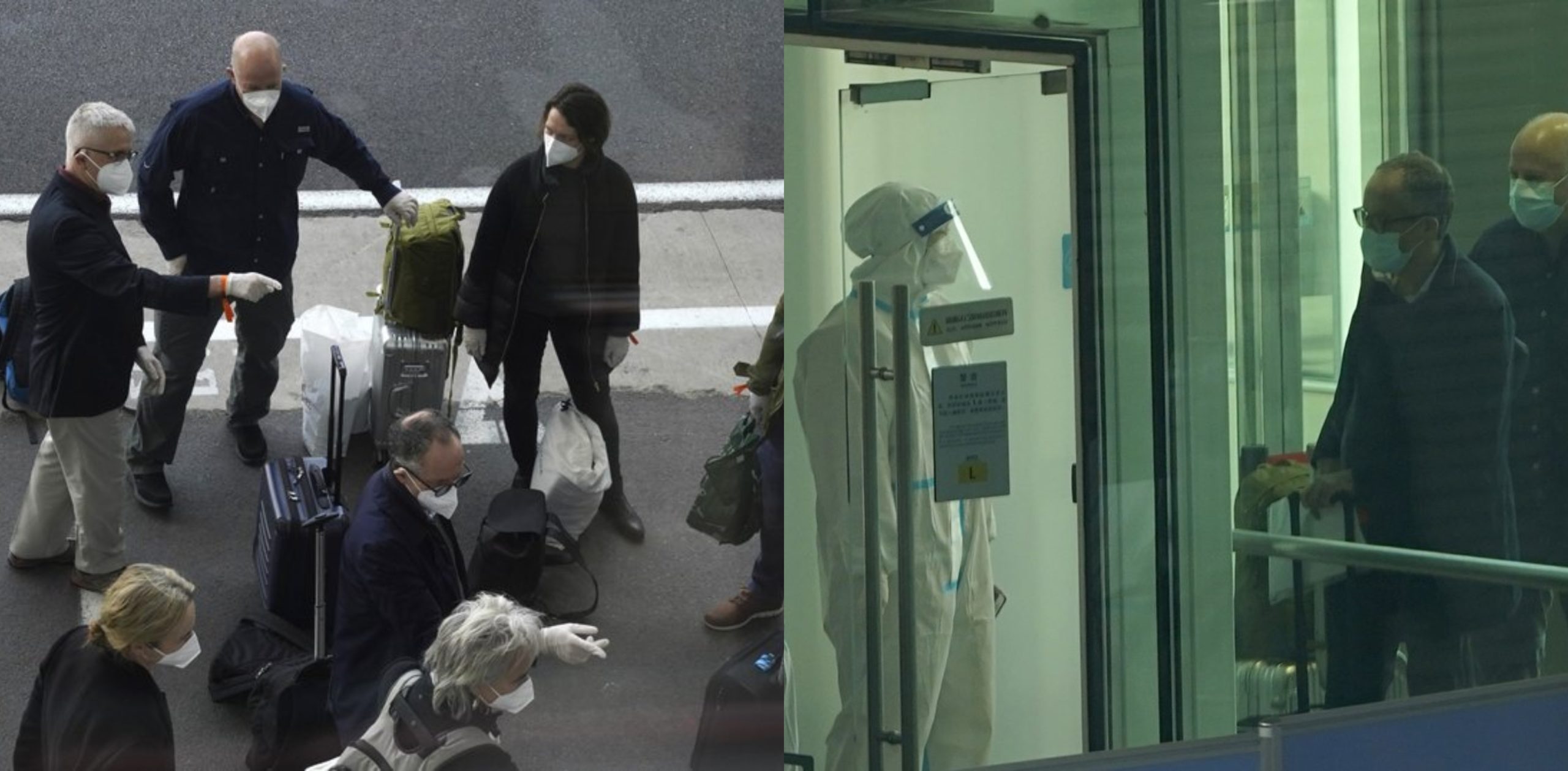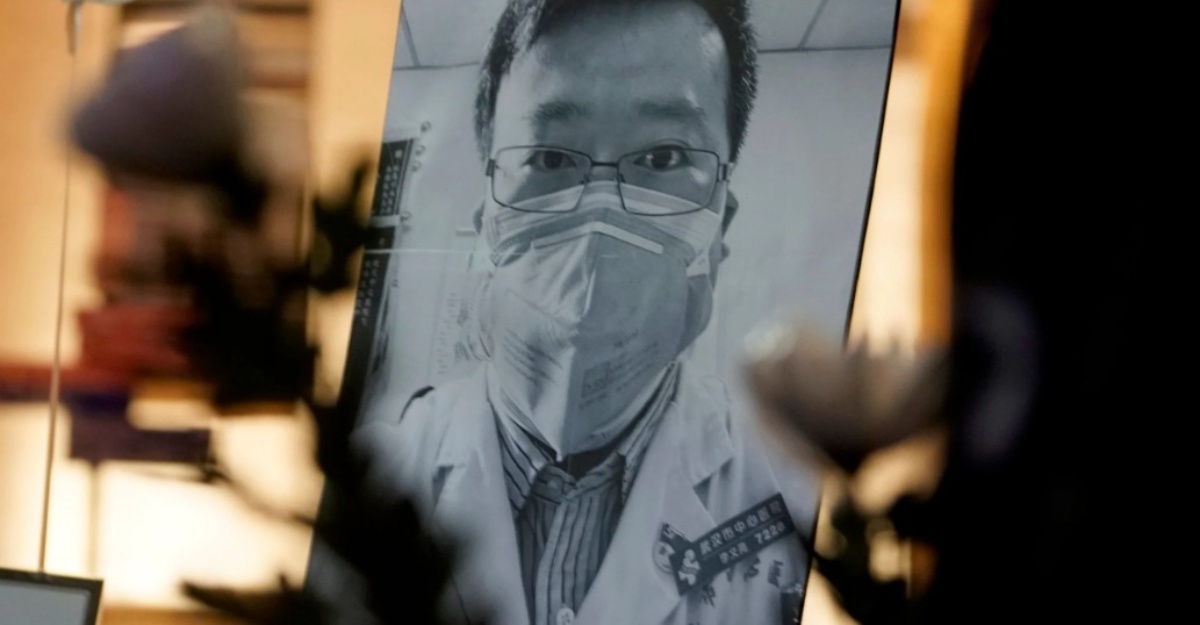On Thursday, a worldwide team of researchers arrived in the Chinese city where the coronavirus pandemic was first identified to perform a politically charged investigation into its sources in the face of doubt as to whether Beijing might attempt to prevent humiliating discoveries.
After months of diplomatic wrangling that triggered an extraordinary public protest by the head of the WHO, the 10-member team sent to Wuhan by the World Health Organization was approved by President Xi Jinping’s government.
Scientists believe that the virus that has killed 1.9 million people since late 2019 has moved from bats or other species to humans, most likely in the southwest of China. Stung by accusations that it permitted the disease to spread, the ruling Communist Party claims the virus originated from abroad, probably imported fish, but that is denied by scientists.
The team arrived at the airport in Wuhan a little after 11 a.m. He walked through an improvised transparent plastic tunnel into the airport on a bright-yellow Scoot flight. The researchers, who only wear face masks, were welcomed in full protective gear by airport personnel, complete with masks, goggles and full body suits.
Viruses and other specialists from the United States, Australia, Germany, Japan, Britain, Russia, the Netherlands, Qatar and Vietnam are among the team members.
A government spokesman said they would “exchange views” with Chinese scientists this week, but gave no indication whether they would be authorized to collect data.
According to CGTN, the English-language channel of state broadcaster CCTV, they will undergo a two-week quarantine as well as a throat swab test and an antibody test for COVID-19. They are to start working while in quarantine with Chinese experts via video conference.
After the Trump administration blamed Beijing for the spread of the virus, China dismissed demands for an international investigation, which plunged the global economy into its worst recession since the 1930s.
Beijing retaliated by banning imports of Australian beef, wine and other products after Australia called for an independent inquiry in April.
One possibility is that in November, one of the WHO team members, zoologist Peter Daszak of the U.S. community EcoHealth Alliance, told the Associated Press, a wildlife poacher may have transmitted the virus to traders who took it to Wuhan.
It is doubtful that a single visit by scientists will confirm the source of the virus; pinning down the animal reservoir of an epidemic is usually an exhaustive undertaking that requires years of study, including animal sampling, genetic analysis and epidemiological studies.
The Chinese government has been attempting to stir uncertainty about the sources of the virus. It has supported hypotheses that the outbreak may have begun with imports of infected seafood, a notion dismissed by international scientists and agencies, with little evidence.
The Wuhan Institute of Virology in the city where the outbreak started, is a potential target for investigators. After the 2003 outbreak of Extreme Acute Respiratory Syndrome, one of China’s top virus research laboratories created an archive of genetic knowledge about bat coronaviruses.
There are no plans to determine whether there may have been an accidental release of the coronavirus at the Wuhan lab, according to the published WHO agenda for its original study, as some American politicians, including President Donald Trump, have reported.
Mark Woolhouse, an epidemiologist at the University of Edinburgh, said a “scientific audit” of Institute documents and safety measures would be a “routine activity.” It depends, he said, on how eager the Chinese authorities are to exchange data.
An AP investigation found that the government had placed restrictions on outbreak studies and prohibited scientists from talking to reporters.
Although identifying exactly the same COVID-19 virus in animals as in humans may be difficult, finding similar viruses may help explain how the disease first spread from animals and clarify what preventive measures are required to avoid potential epidemics.
Instead, scientists should concentrate on developing a “comprehensive image” of the virus to help respond to potential outbreaks, Woolhouse said.
Source: Associated Press

























